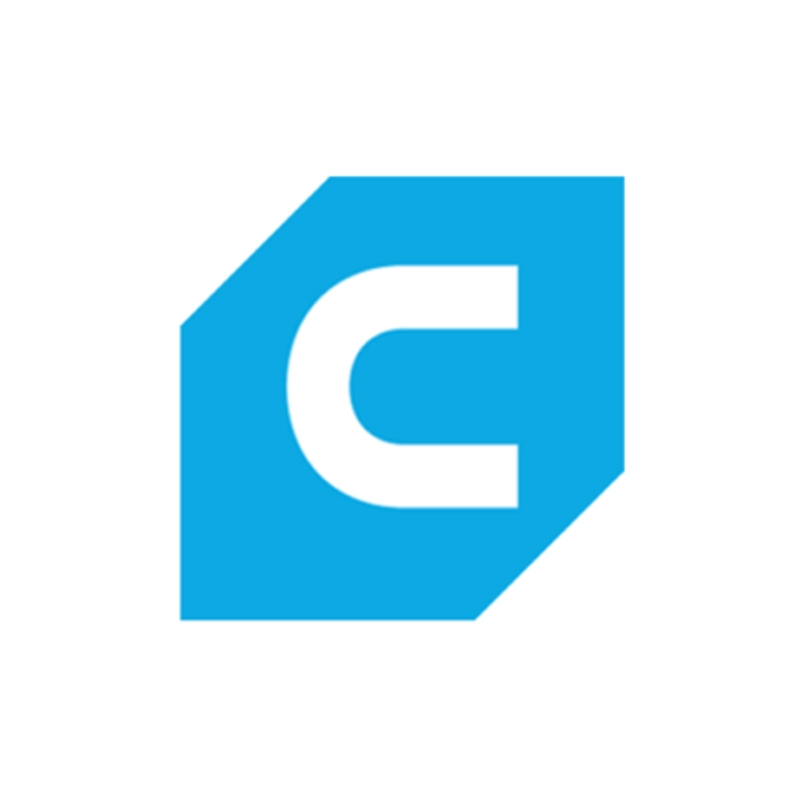

- CURA VS ULTIMAKER CURA HOW TO
- CURA VS ULTIMAKER CURA INSTALL
- CURA VS ULTIMAKER CURA FREE
- CURA VS ULTIMAKER CURA WINDOWS
So, if not equally important, this part is the second most important step in 3D printing a complete part or prototype. This is a step where the flaws in your design are recalled and pointed out. It is the 3D design file that communicates with the printer and tries to bring out the best from the machine.Ī step that comes just before printing is slicing using slicing software. It is obvious to say that the rest that happens is only a depiction of that 3D design file. The most important aspect of any 3D printing process is the first and the most foundational step i.e.
CURA VS ULTIMAKER CURA HOW TO
CURA VS ULTIMAKER CURA FREE
CURA VS ULTIMAKER CURA WINDOWS

WiFi and LAN network cable simultaneously - Internet access.
CURA VS ULTIMAKER CURA INSTALL
Install Grub setup and set up Linux bootloader.OpenWRT hardware recommendation - available devices 2022.Build your own NAS: flexible, energy-saving and cheap.Find IP addresses in the network even if their firewall is enabled.OpenWRT - Display bandwidth of individual devices (monitor).Commissioning Zigbee2MQTT in Docker - step by step.current versionĪs you can easily see in the article, my favorite is PrusaSlicer or its advanced version: SuperSlicer. In terms of quality and usability Cura can absolutely keep up, but for me the decisive advantages of PrusaSlicer, compared to Cura, are the better possibilities to optimize the support or the print object at certain points. As mentioned in this article, Slic3r was used as a basis for the PrusaSlicer in which numerous improvements were implemented. Also, the print quality was not quite optimal with the default settings. Slic3r offers everything a slicer needs, but can't quite keep up with the two main competitors in terms of usability and features. Compared to PrusaSlicer, Cura uses a bit less acceleration with the default settings: the movements of a printout made by Cura seem a bit jerkier to me, but this does not harm the quality of the printed objects. Depending on the settings, light or dark areas are printed at different heights. A highlight of Cura is the printing of simple image files. Cura, like all slicers presented here, is licensed under OpenSource and thus available to everyone for free. The interface is clean and easy to understand, and the default parameters on the newer versions of Cura offer really good results out-of-the-box. CuraĬura offers a simple and solid start especially for newcomers. Since the SuperSlicer contains all the functions of the PrusaSlicer, there is nothing to be said against using the SuperSlicer instead of the PrusaSlicer. The SuperSlicer is not a new slicer, but the PrusaSlicer with additional setting and calibration options:Īmong other things, the SuperSlicer offers a separate menu item for printing 3D models for calibrating the printer: The variable layer height allows the object to be printed with more detail at certain heights. In addition, settings for specific areas of the object can be changed: As an example, infill can be increased or decreased in certain places, making the object more stable in critical areas and printing with less material in others. To name a few highlights, for example, support can be added or taken away not only automatically, but specifically at certain points. In addition to the clearer interface and the improved print quality, it is very easy to intervene in the printing behavior. The PrusaSlicer, formerly Slic3r Prusa Edition, has been constantly improved with numerous updates and new functions have been added, which now makes it stand out from its parent project, the Slic3r. Both slicers are free, both deliver usable results with the manufacturer's default settings, both have their strengths and hardly any weaknesses.

I have used 2 different slicers extensively so far: Cura and PrusaSlicer.


 0 kommentar(er)
0 kommentar(er)
